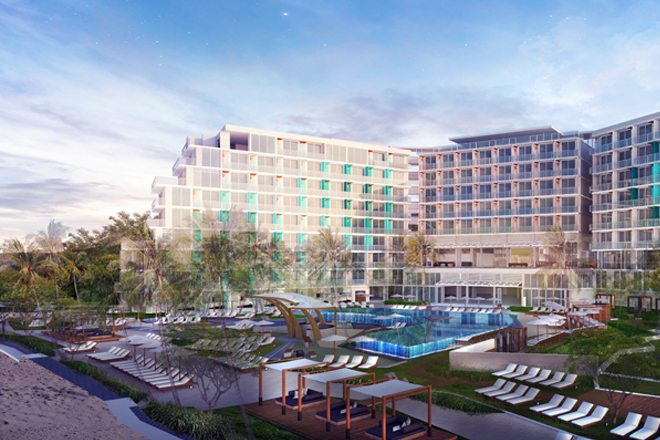Sri Lanka’s growing informal hotel sector to pressure operating cash flows

Oct 17, 2017 (LBO) - Fitch Ratings expects Sri Lanka’s hotels sector to face price competition from the growing informal sector and alternative accommodation models, the rating agency said in a report.
"EBITDA margins could also be squeezed by the expanding marketing budgets of hotel operators," it said.
The margins of listed hotel operators considered in our analysis have softened by around 100bp over the last two years, to 28 percent, as most operators hold back on passing cost escalations to customers due to the prevalence of low cost competition.
We expect this trend to continue over the medium term, and cause margins to compress by 200bp–300bp over the next two to three years.
Fitch says that demand for rooms of listed hotel operators has been sufficient to drive an increase in average room rate (ARR) to US 87 dollars from US 70 dollars between 2014 and 2016, while occupancy stabilised at around 75 percent during the same period.
However it believes that the 11,645 rooms that the Sri Lanka Tourism Development Authority (SLTDA) expects to come online by end-2018, will support medium-term demand.
"But a likely glut in residential apartments and informal accommodation establishments will keep formal-sector occupancy pressured."
Star-graded accommodation in the capital, Colombo, costs 10 - 15 percent more than regional competition, owing partly to the regulatory price floor but also to relatively high costs of construction, energy and imports.
Fitch believes this will lead some tourists to choose cheaper destinations or lodging options.
However, the proposed removal of the regulatory price floor could mitigate this risk by offering some degree of pricing
liberty to graded city hotel operators.
Fitch expects tourist arrivals to grow by a compound annual growth rate (CAGR) of 15 percent over the next four years (2016: 14 percent), driven primarily by the rapid increase in the inflow from Indian and Chinese markets.
Aggregate tourist arrivals from India and China have trebled over the past five years, and accounted for
more than 30 percent of the total tourist population in 2016.
